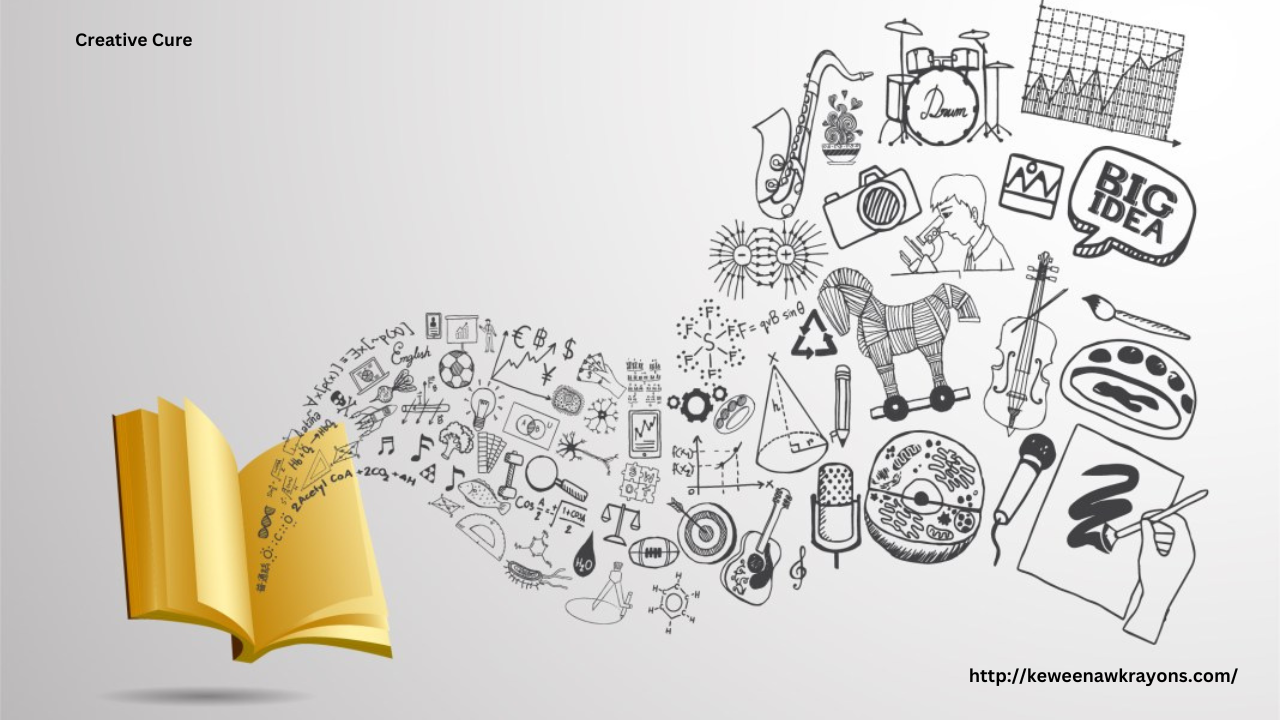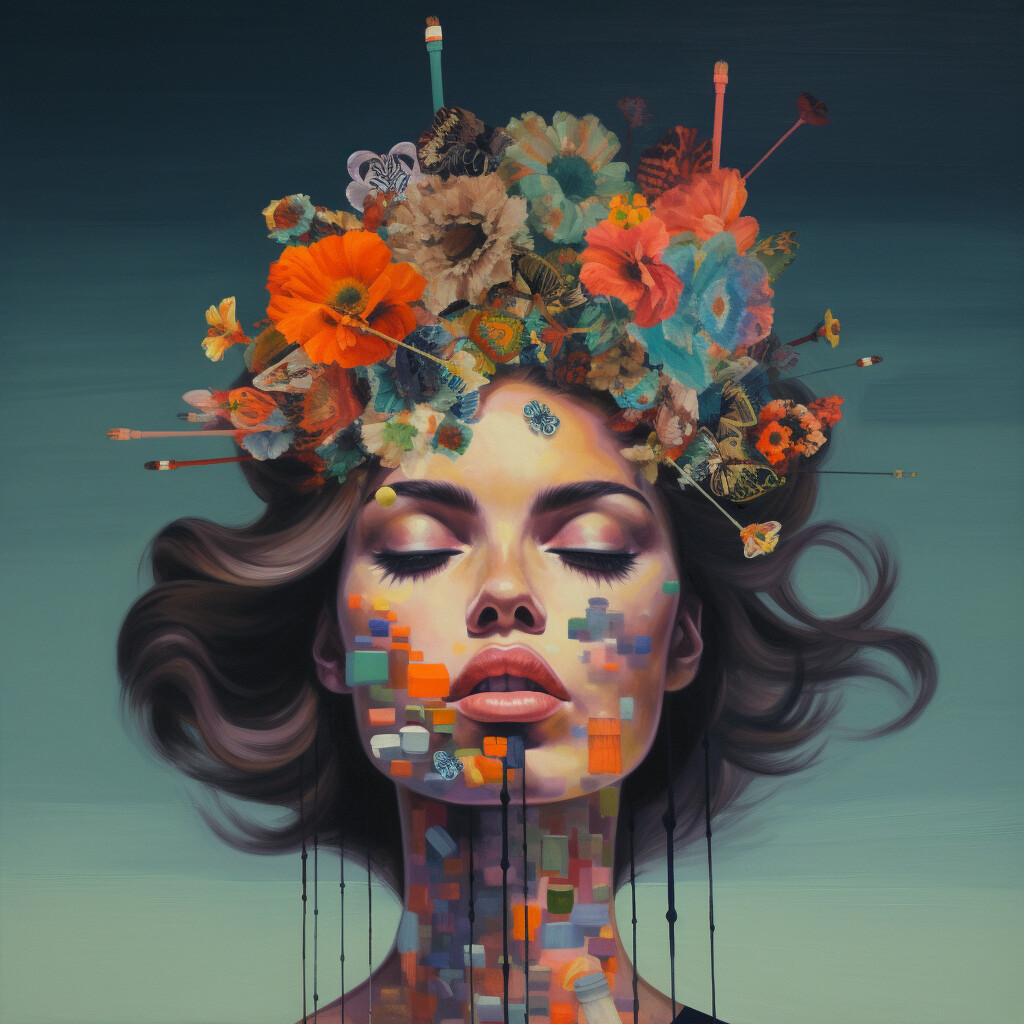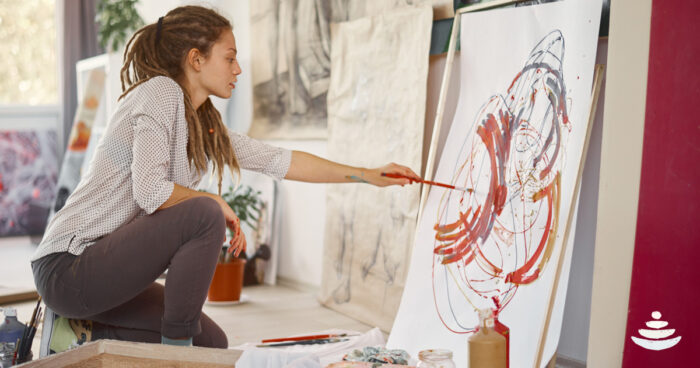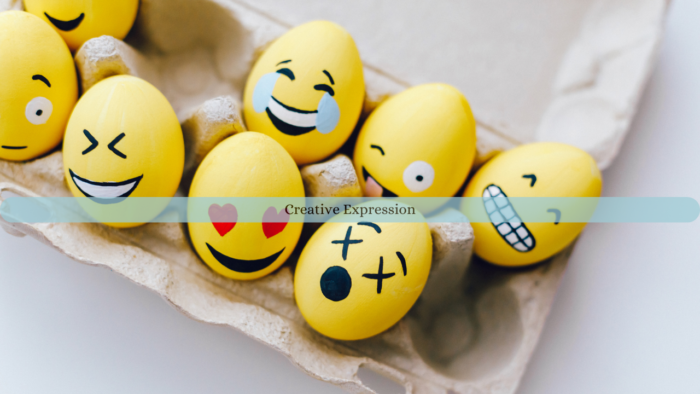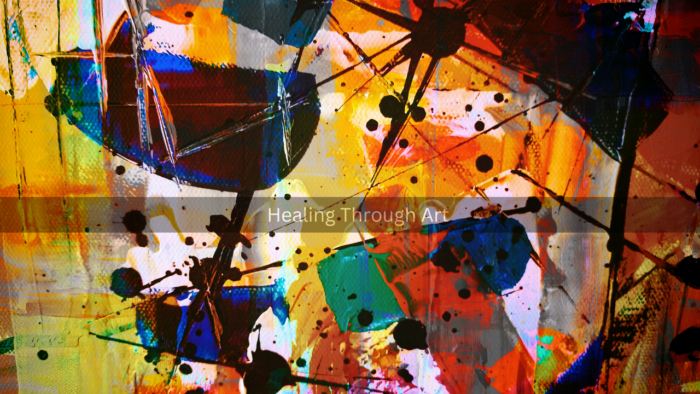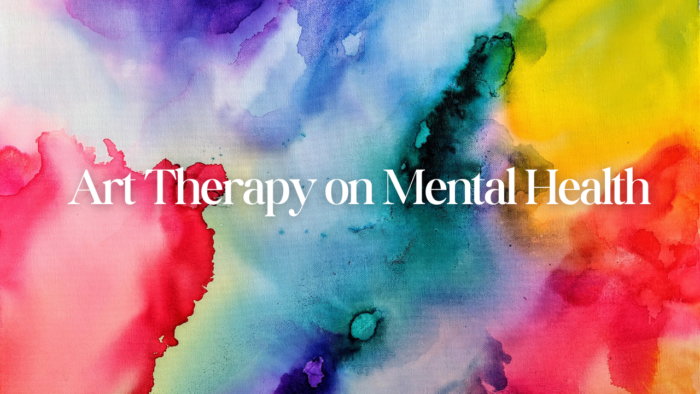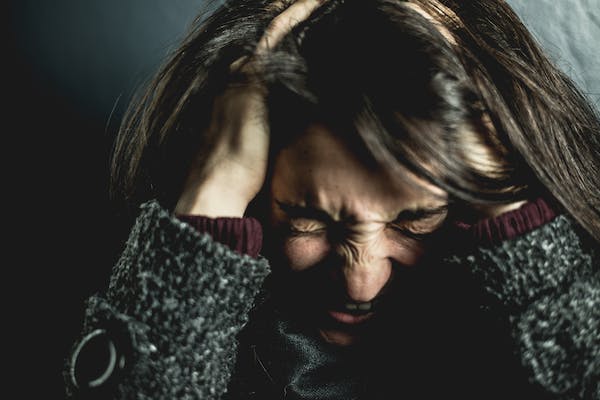Addiction is a complex and deeply personal struggle, affecting individuals emotionally, mentally, and physically. Traditional treatments such as therapy and support groups remain essential, but many people in recovery find additional solace and healing in creative expression. Music, writing, and art provide powerful tools for processing emotions, managing triggers, and discovering new purpose beyond substance use.
Music: A Universal Healer
Music has long been recognized for its therapeutic properties. Whether through playing an instrument, singing, or simply listening, music has the ability to evoke emotions, reduce stress, and create a sense of connection. Studies have shown that music therapy can lower anxiety and depression, which are often underlying contributors to addiction.
For individuals in recovery, music can serve as a coping mechanism. Writing lyrics, composing melodies, or even participating in group drumming sessions can provide an emotional release. Music also activates the brain’s reward system in a natural and healthy way, replacing the artificial dopamine surges caused by substance use.
Writing: Turning Pain into Words
Writing is another powerful creative tool that aids in addiction recovery. Journaling, poetry, or storytelling allows individuals to express their inner thoughts and emotions in a safe, structured manner. Writing helps organize chaotic feelings, providing clarity and insight into personal struggles.
By documenting their experiences, individuals can identify triggers and patterns, enabling them to develop better coping strategies. Many recovery programs encourage participants to write letters to their past selves, helping them process guilt, regret, and self-forgiveness. Through writing, individuals can redefine their narratives, transforming their pain into a source of strength.
Art: Visualizing the Healing Process
Artistic expression, whether through painting, drawing, sculpture, or digital media, provides a non-verbal way to explore emotions and trauma. Art therapy is widely used in rehabilitation settings, allowing individuals to externalize their struggles without the need for words.
Creating art fosters mindfulness, encouraging individuals to focus on the present moment rather than dwelling on past regrets or future anxieties. Additionally, art provides a sense of accomplishment, boosting self-esteem and reinforcing a positive identity beyond addiction.
Integrating Creativity into Recovery
Incorporating music, writing, and art into the recovery process does not require professional skills—only a willingness to explore and express oneself. Many rehabilitation centers offer creative therapy programs, while others in recovery may find local community workshops, online groups, or personal creative projects helpful.
Finding a creative outlet allows individuals to replace negative habits with positive ones, filling the void left by addiction with something meaningful. By embracing creativity, people in recovery can discover new passions, build resilience, and find a sense of purpose beyond their past struggles.
Conclusion
Healing from addiction requires a multifaceted approach, and creative expression provides a powerful complement to traditional treatments. Music, writing, and art offer therapeutic benefits, emotional release, and personal growth. By tapping into their creativity, individuals can transform pain into beauty, forging a path toward lasting recovery and a renewed sense of self.
